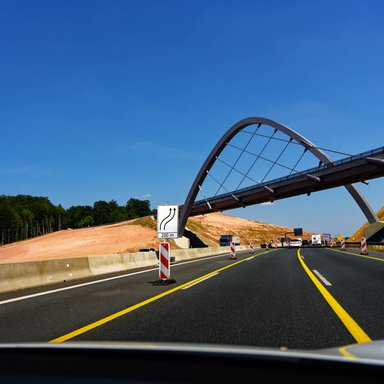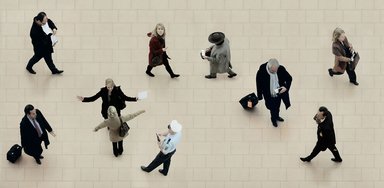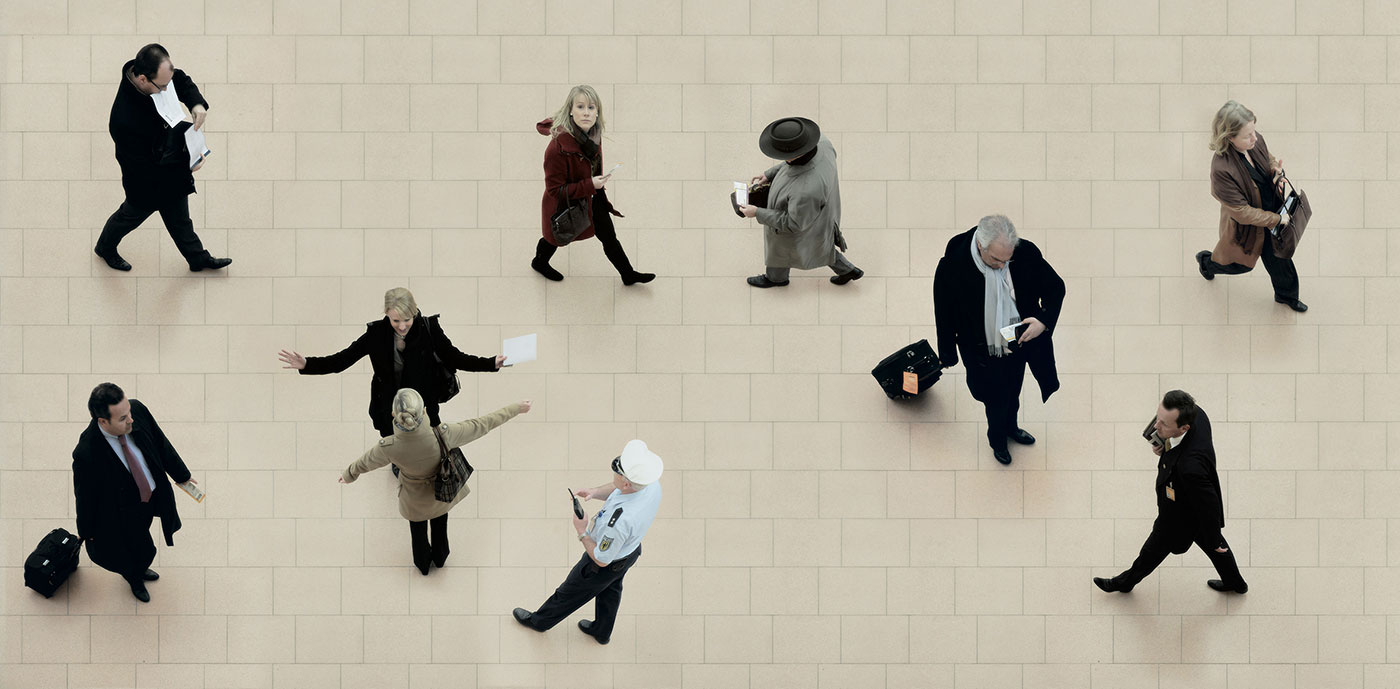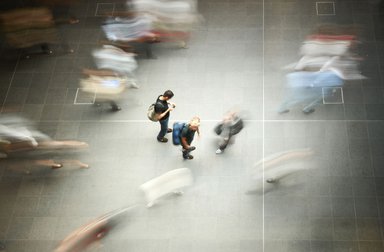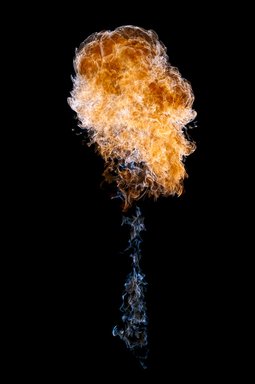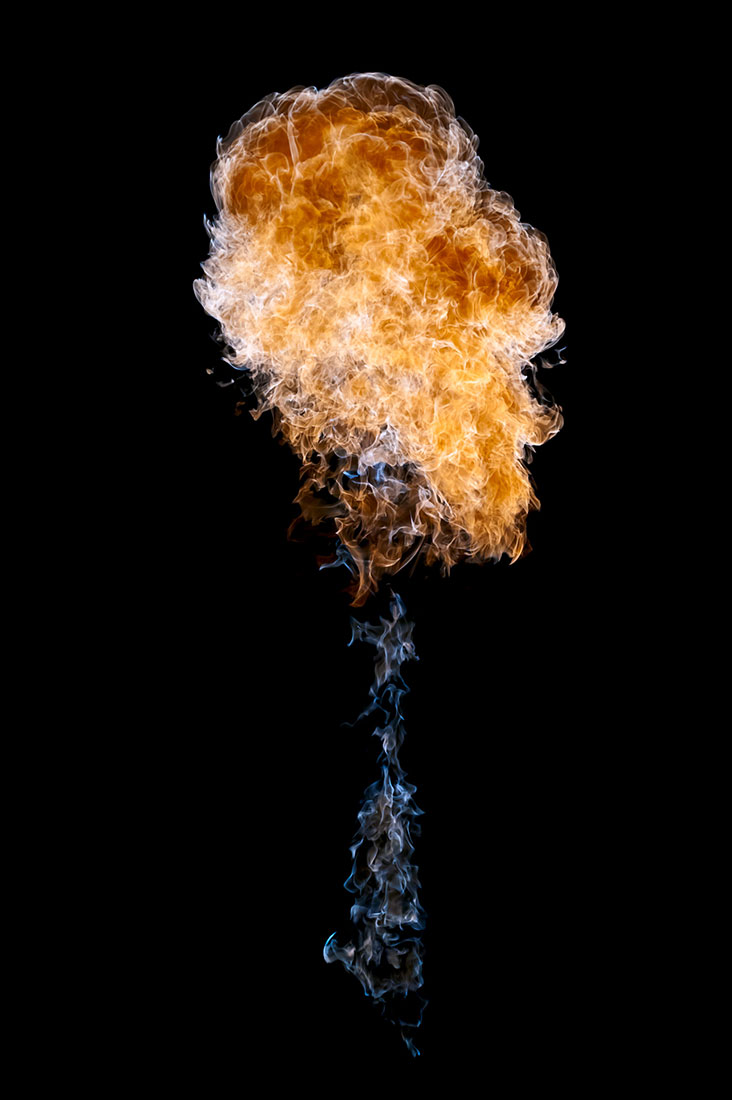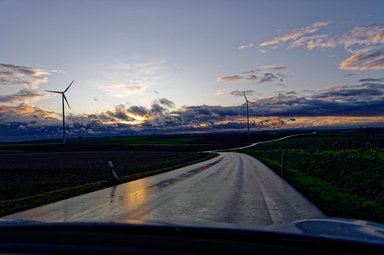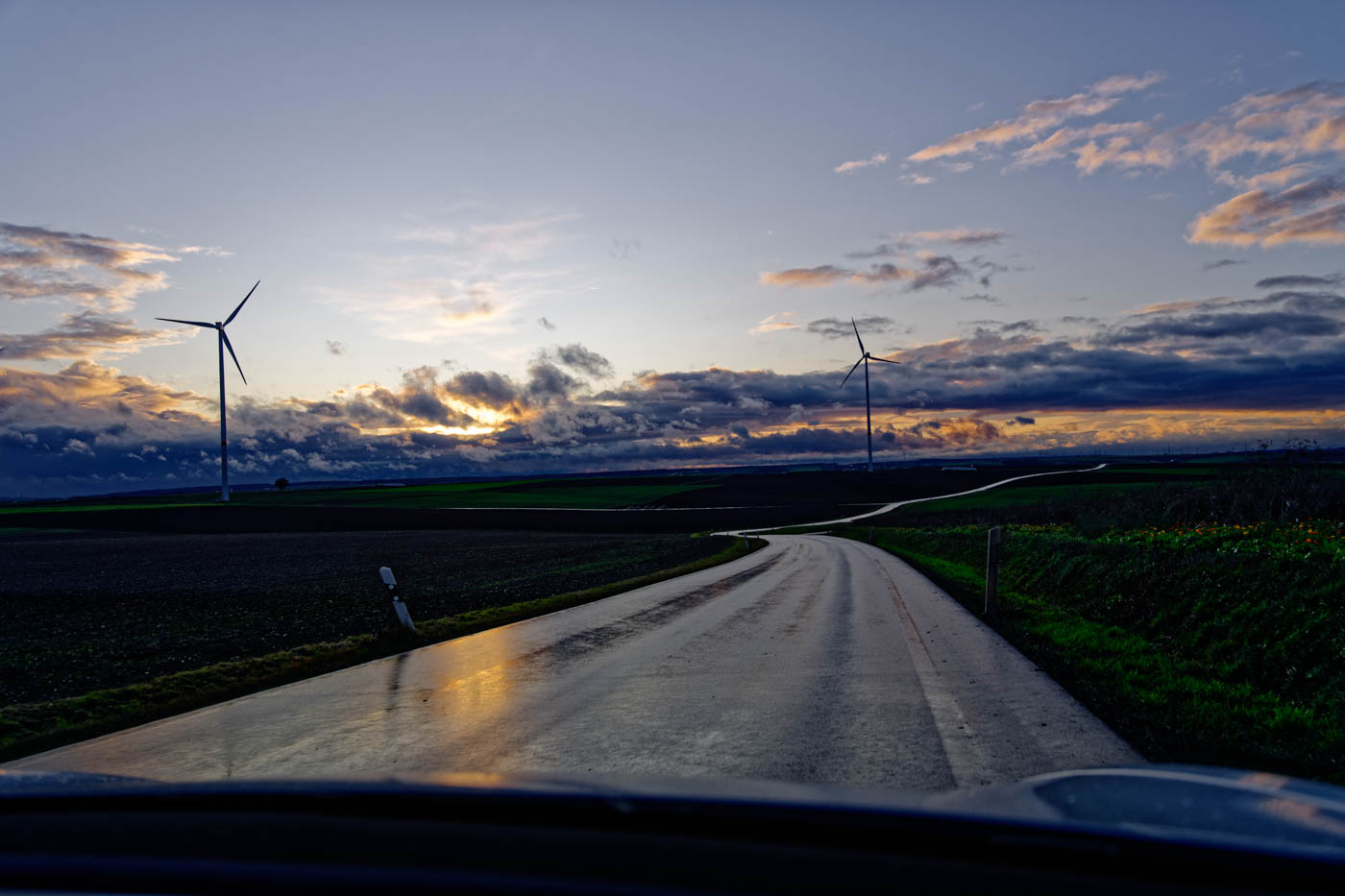Jürgen Scriba | Situ Art (2007 - 2013)
Jürgen Scriba | Situ Art (2007 - 2013)
Could there be a more public space than a busy escalator in Berlin's crowded railway station or the busy check-in plaza at the Hamburg airport? And yet, people seem to live in their own intimate space while being transported. Forced into complacency they do not seem to notice the discrepancy between their inability and unwillingness to interact and their posing on some kind of stage – exhibiting much more about their true self than they might want to reveal. These people have a mission. Dressed in a strangely uniform fashion they are out to make a point, convince customers, close a deal or get that job. And, yet, there's always that nagging feeling: Where's my ticket? Did I pack that important folder? Is this the right gate? It's almost like we could read their minds while watching this surreal dance of passage and departure.
Format:
Photo / Video
